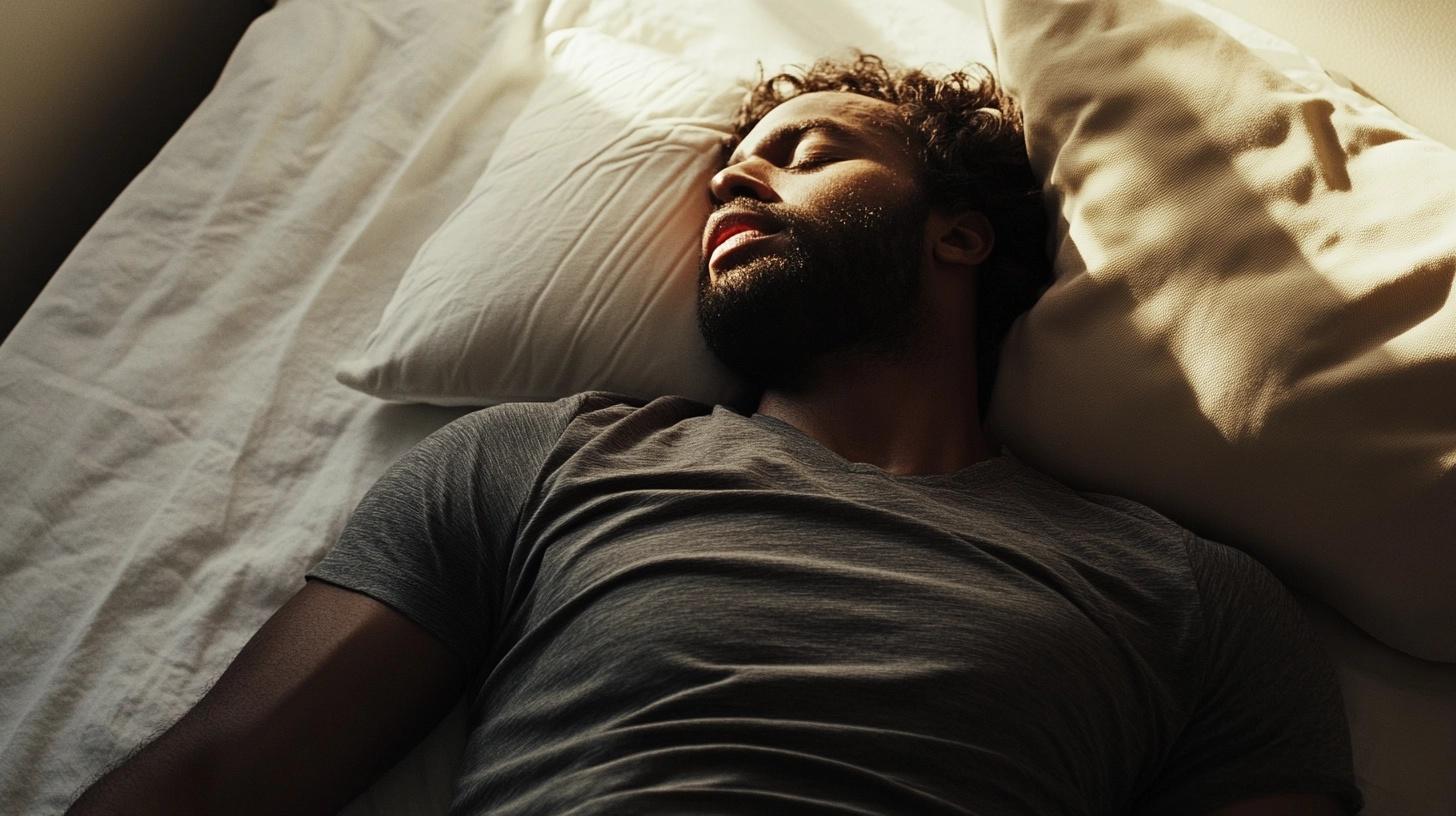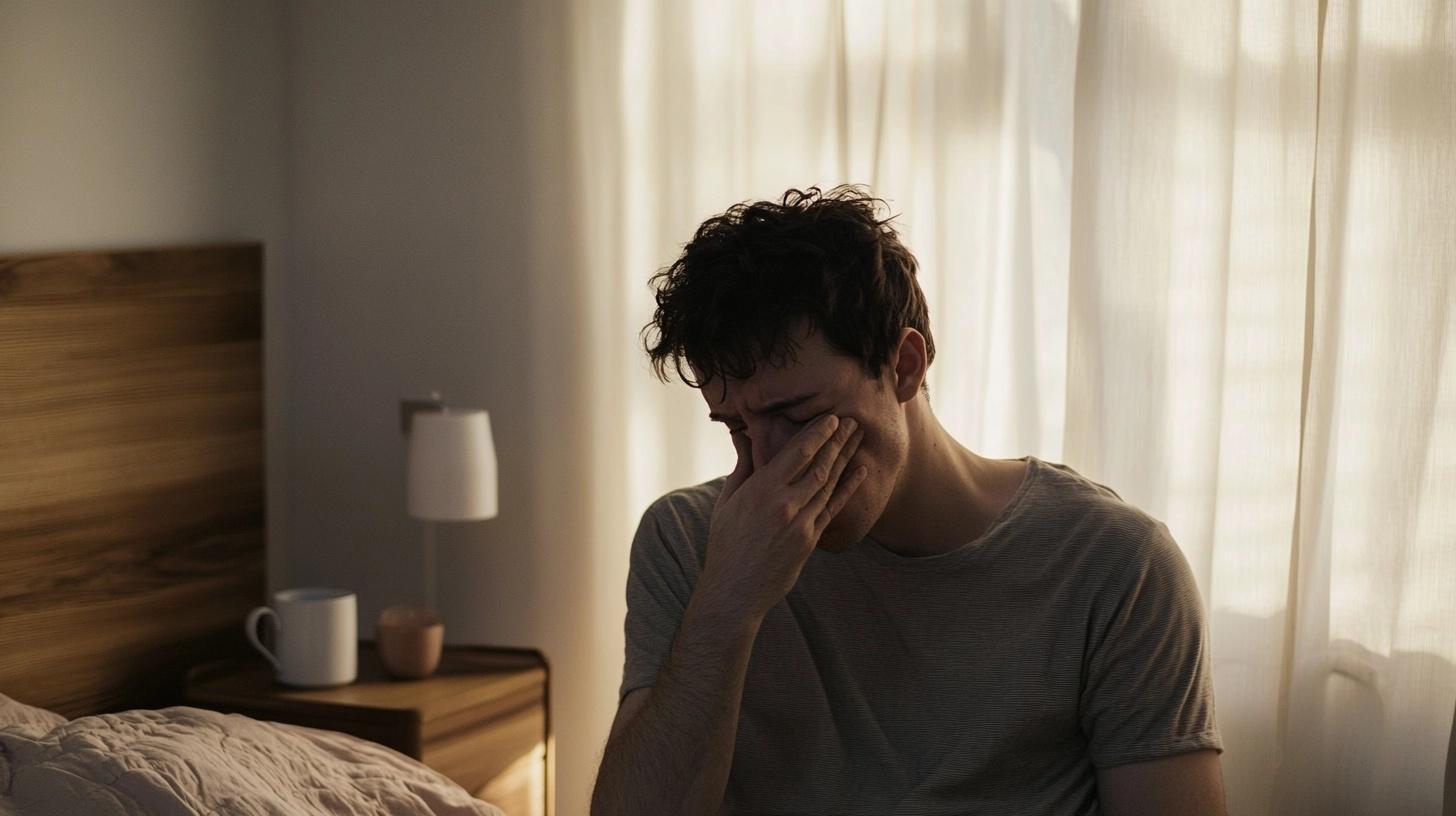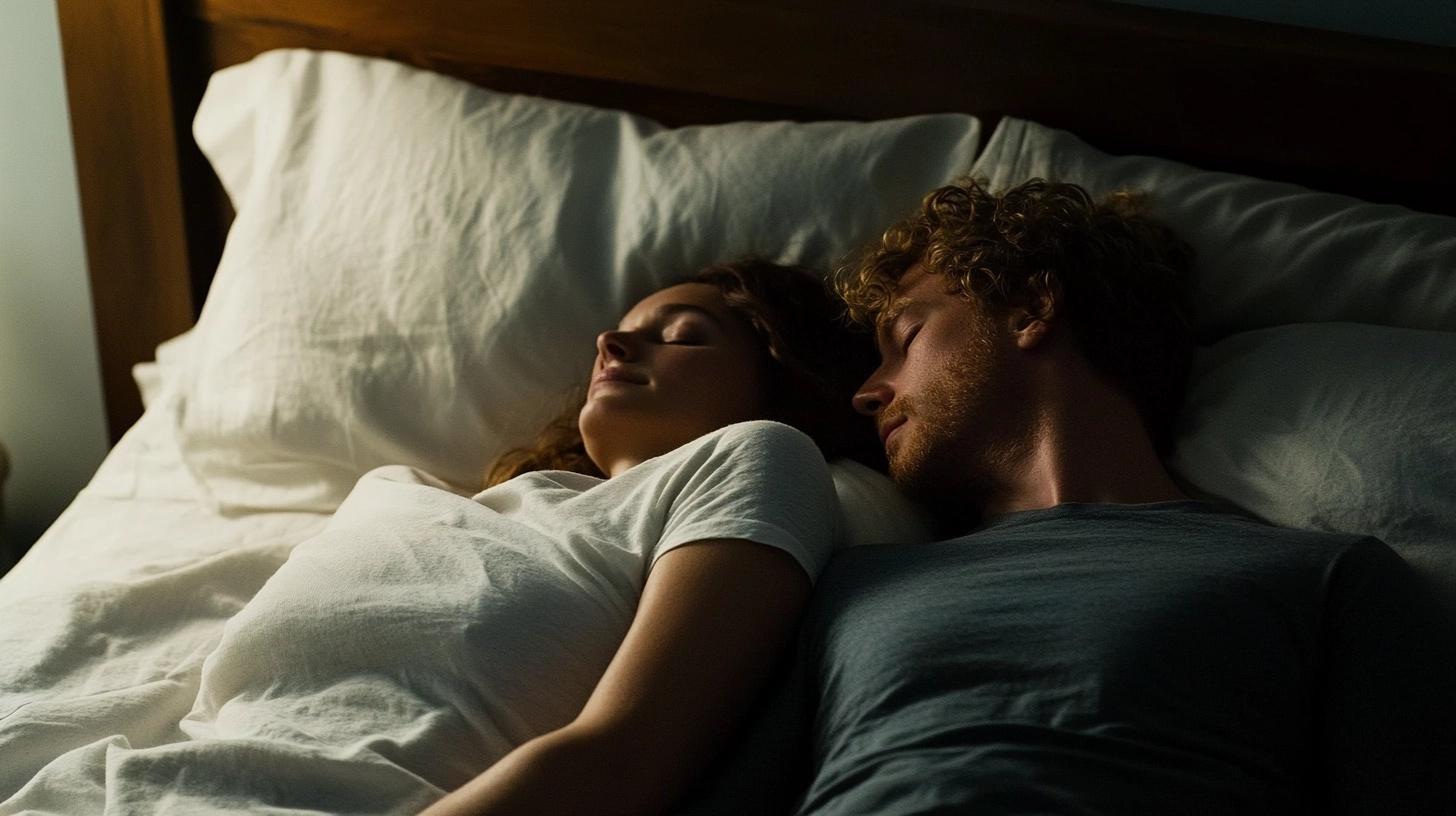Sleep apnea is a big deal: Why does sleep apnea occur and what are the risks associated with it?
Published

How common is sleep apnea? Why is it a big deal?
Obstructive sleep apnea (OSA) is a common and vastly underdiagnosed sleep condition. One that can contribute to a variety of ailments, affecting virtually every organ in your body. According to SleepApnea.org, 30 million Americans suffer from it, with 80 percent of moderate and severe cases undiagnosed.
As severe cases are associated with a higher risk of stroke, heart attack, and diabetes (among other conditions), the failure to recognize this condition poses serious healthcare consequences, including a financial cost to society. It’s estimated that diagnosing and treating every patient in the United States who has Obstructive Sleep Apnea (OSA) would produce an annual economic saving of $100.1 billion.
Sleep apnea is not just a ‘fat and old’ guy’s problem
Likely reasons why sleep apnea is underdiagnosed include misconceptions about who is prone to the condition, as well as the signs and symptoms to look out for to get a proper diagnosis. Possible aversion to treatment could be yet another reason. While these perceptions may contain kernels of truth, there are many exceptions. For example, a young, thin woman who doesn’t snore can also suffer from sleep apnea, and her symptoms could be insomnia or temporomandibular joint (TMJ) disorder, rather than sleepiness.
It may come as a surprise, but many patients with sleep apnea don’t complain of sleepiness. The Wisconsin Sleep Cohort Study (1993) demonstrated that only 37 percent of patients with severe sleep apnea reported daytime sleepiness. This means that screening for sleepiness is woefully inadequate for identifying this condition. So if you can’t rely on snoring, sleepiness, weight, gender, or age to identify sleep apnea, then how do you do it?
How sleep apnea occurs
Sleep apnea occurs when changes in the brain’s regulation of upper airway musculature lead to recurrent episodes of airway obstruction. With sleep onset, the muscles of the jaw, tongue, and throat relax, leading to a narrowing of the upper airway diameter.
Think of breathing as a mathematical formula where each breath is a certain air volume in a fixed period. As the airway narrows, the velocity of the airflow has to increase to compensate. The body increases this velocity by creating a greater vacuum in the chest, thus pulling harder to get air into the lungs. For people without sleep apnea, this solves the issue, and no further intervention is required.
But if the airway is smaller at baseline, the increased velocity of airflow may cause the vibration of the soft tissue. This vibration may create a sound, which is “snoring”. Depending on how narrow the airway is at baseline, the vacuum force may lead to the collapse of the upper airway tissue. And can lead to a complete closure of the airway, a phenomenon termed ‘apnea.’ It’s important to note that a person need not have had a single apnea episode during sleep to suffer from sleep apnea.
Resolution of the tight airway is achieved by reoccurring interruptions in sleep. How much the airway closes depends on a variety of factors, including age, gender, body type, and fatigue, amongst many other reasons.
The link between sleep apnea and sleep deprivation
The periodic disruptions in sleep are what lead to excessive daytime sleepiness, not oxygen deprivation to the brain, as has been reported incorrectly in the past. In fact, a person can have frequent obstructive breathing/sleep apnea events without their oxygen level ever dropping. For example, if you have a newborn sleeping in your room who wakes you up 4-5 times per night, you will likely be sleepy. Obviously, the newborn does not deprive your brain of oxygen.
Why sleep apnea increases cardiovascular risk
It is believed that people with sleep apnea are more likely to develop cardiovascular disease. However, it would be an oversimplification to only look at oxygen changes in the blood and heart to find the main cause. A more plausible explanation would be the changes in pressure in the chest due to unsuccessful breathing.
To elaborate: the vacuum pressure generated in the chest increases the work needed for the heart to contract. Which in turn can lead to a reduction in the amount of blood ejected from it. Over time, this can cause damage to the heart and cause problems with the bloodstream, and even lead to heart failure.
Moreover, cardiovascular risk in sleep apnea can also be caused by oxidative stress. When a person with sleep apnea breathes successfully again, this takes oxygen back into the body. However, the changes in oxygen levels can lead to stress on the body, promoting a number of factors that can trigger cardiovascular risk.
Lowering the fatal statistics
Based on the mechanics of sleep apnea, it no longer seems impossible that a young normal-weight individual can have this condition. As stated above, 80 percent of the most severe cases of sleep apnea in the United States currently are undiagnosed. The quicker the stereotype of sleep apnea sufferers is dispelled, the sooner we can break new ground, allowing people to get the accurate diagnosis they need and deserve.






